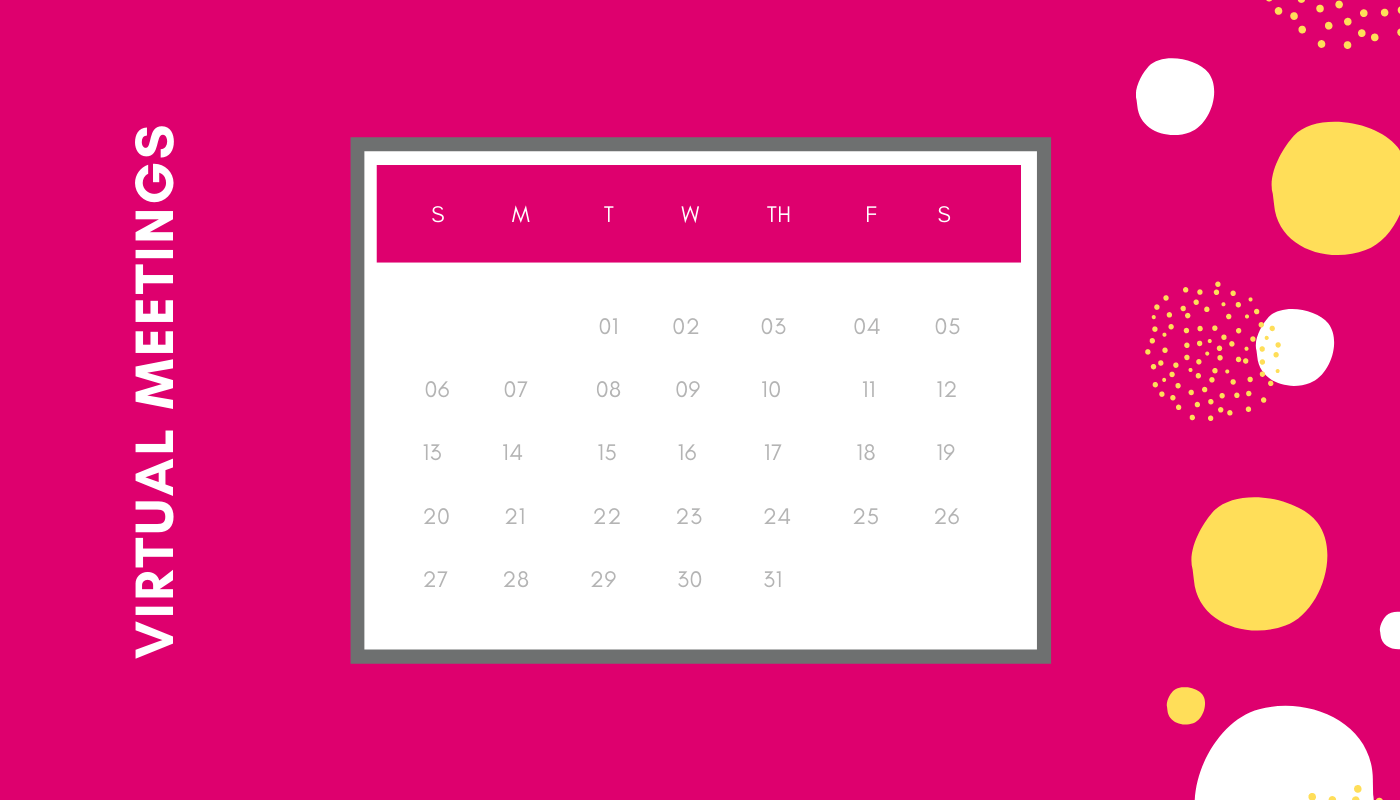Is your body suffering from too much sitting?
Are you finding yourself sitting much more now if you are working from home, particularly if you used to get exercise walking to and from work, or from meeting rooms to your desk? Or maybe the ‘one session of outdoor exercise’ a day is encouraging bad sedentary habits? We all know that sitting for long periods of time is not good for our body. Even worse for our bodies is sitting for long periods of time in a ‘makeshift’ workstation. Maybe similar to what you are having to make do with, particularly you are working from home rather than going into your office or place of work.
When we sit for long periods of time the following things happen to our bodies:
- Our hip flexors and hamstrings tighten up which causes our glutes to lengthen to compensate
- When your hip flexors are tight it makes it harder for your pelvis to rotate and one of the reasons we get lower back pain
- If our workstation is not set up for good posture, such as having to work from a kitchen table, we can often slouch, round our shoulders and curl our neck down. This can lead to problems with our shoulders and upper backs.
Sounds painful doesn’t it? So in this email I wanted to share with you some top tips (tested by myself and my team) on how to counteract all that sitting and poor posture from working long hours at a desk or kitchen table?
- Try and get your workstation set up the best you can
This means your:
- eye level is towards the top of your monitor screen,
- elbows are at 90 degrees and your arms are in line with the keyboard
- feet will be flat
- Your lumbar spine is supported

Adjust your temporary desk

To avoid shelling out loads of money on a standing desk, here are some ways of adjusting your temporary desk so it is set up very inexpensively:
- A lumbar support cushion can work nicely or if you have it a small flat cushion which can be folded over to support your lumbar spine
- A cardboard box or set of books is a very cheap way to raise up your screen to the right height
- Use a box to rest your feet on so you can have your feet flat on the floor
- A ‘wrist rest’ for your mouse and keyboard is a cheap way of supporting your wrists and avoiding RSI in your hands and arms
Use Headphones
Use headphones with your phone and do NOT spend long periods of time with your phone tucked under your ear or holding your phone up to your ear.
Try taking some of your phone calls standing up and walk around when on the phone

Stretch

Every hour you are at your desk make a point of standing up, stretching and walking around and not sitting down for 5 – 10 minutes.
Start a daily stretching routine, there are plenty around on YouTube, or sign up for virtual pilates and yoga classes. Once again, there are lots of free routines on YouTube. Many gyms and yoga/pilates studios are now offering virtual classes.
No working from the sofa
Don’t work with your laptop on your lap on the sofa, this is suicide for your lower back and posture.

Exercise
Take your permitted exercise outside every day, and get walking, cycling and running.
Here are some great exercises and workouts add into your daily routine to counteract the impact of all that sitting down from the “Bob and Brad” YouTube channel. Bob and Brad bill themselves as YouTube’s most famous physical therapists.
- If you struggle with knots in your shoulders, upper back or traps then these 60 second stretches will help relieve them or their 7 ways to get knots from painful traps or between shoulder blades
- Their 7 best hip flexor muscle stretches for people who sit all day to decrease back pain
- Their video explaining how tight hamstrings cause back pain and sciatica and how stretch these
- If you struggle with back pain, then this is a great video which shows which exercises to do after sitting and 10 stretches for low back or mid back pain


























